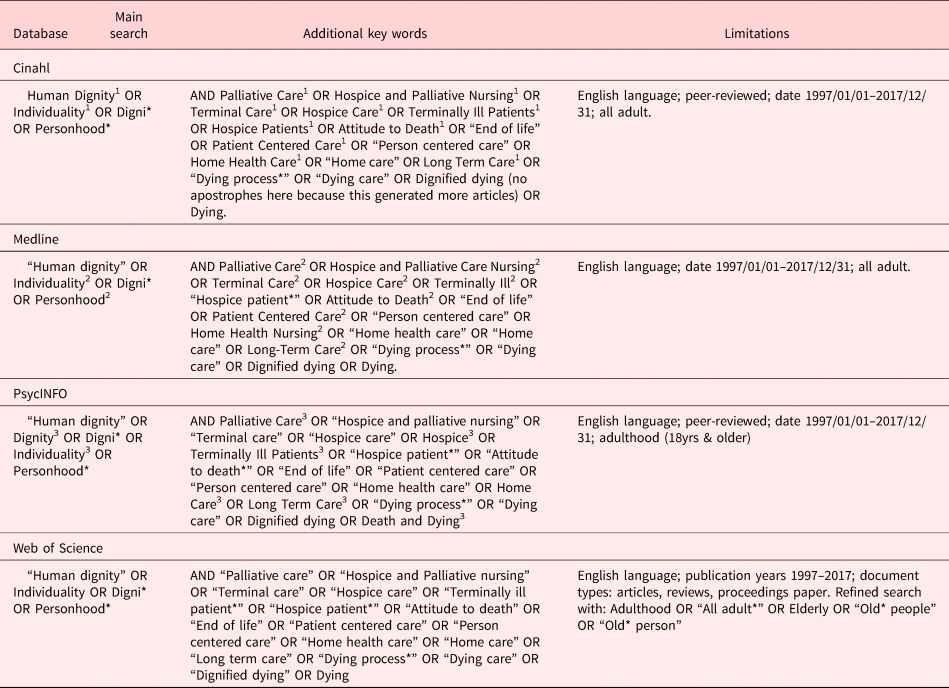
IADLs can be used to describe all of your daily activities, such as getting up and dressing or eating. They also include controlling biological functions. An occupational therapist works to improve functional activities of daily living. They help determine whether these tasks can actually be accomplished. They also assess whether the activity is safe and effective, and determine the level of difficulty for the patient.
Daily activities that are instrumental
Performing Instrumental Activities of Daily Living, or IADLs, is essential for living independently. These activities are not dependent on assistance and allow individuals to live a full and fulfilled life. These IADLs cover dressing, grooming, toileting, and self-feeding. It also includes basic communication skills like the use of a telephone or computer. Other IADLs are meal preparation, chores and managing money.
These activities are vital for independent living. But they also require higher-order thinking. Experts differ on the number of IADLs required, but most recommend seven to twelve. The number of tasks required will depend on the individual. Geriatric patients may need more assistance than others.

The ability to recognize and assess performance within a given task context
An important aspect of improving performance is being aware of what you are doing in the context of a task. Cognitive decline can be subtle. However, older adults who are aware and able to adapt their performance may be able maximize their performance. However, those with low self-awareness or no awareness may not be able adjust their performance and could become vulnerable to functional decline. There is limited research that has looked at awareness of performance within the context of functional activities of daily living.
We used WCPA-10 to evaluate awareness of performance for a task in functional activity. We assessed the abilities of older adults to recognize and correct mistakes verbally as well as non-verbally. These errors were compared to the total number of errors made. Participants' self-ratings on performance in four tasks were also evaluated.
Neuroanatomical correlates to IADLs: Research
A range of neuroanatomical disorders can impact functional activities of daily live (FADL). These impairments can impact mobility, visual perceptual, and auditory processing. It may also be caused by morphological changes to the brain. This review sought to identify neuroanatomical factors that affect the IADL.
This study was designed to examine whether brain perfusion patterns are associated with functional abilities. The researchers found a positive correlation between total IADL scores and perfusion ratios in the right lateral temporal and superior parietal gyrus. These results support our hypothesis that IADL-related perfusion changes may be related to IADL capacity changes.

IADLs and the effects of dementia
It is important to understand how dementia affects the ADLs of a person in order to provide care for them and their family. Dementia may affect brain functions such as judgment, decision making, safety, attention, judgement, and attention. A dementia caregiving professional can be present in the home of the patient to help them make informed decisions and keep their independence.
The severity and stage of dementia can have a different impact on ADL performance. While some activities were preserved in the early stages, others began to decline as the disease progressed. The condition of bathing, dressing and continence deteriorated over time. These differences can be found in different countries and stages. This means that it is necessary to make specific interventions to improve ADLs and increase independence.